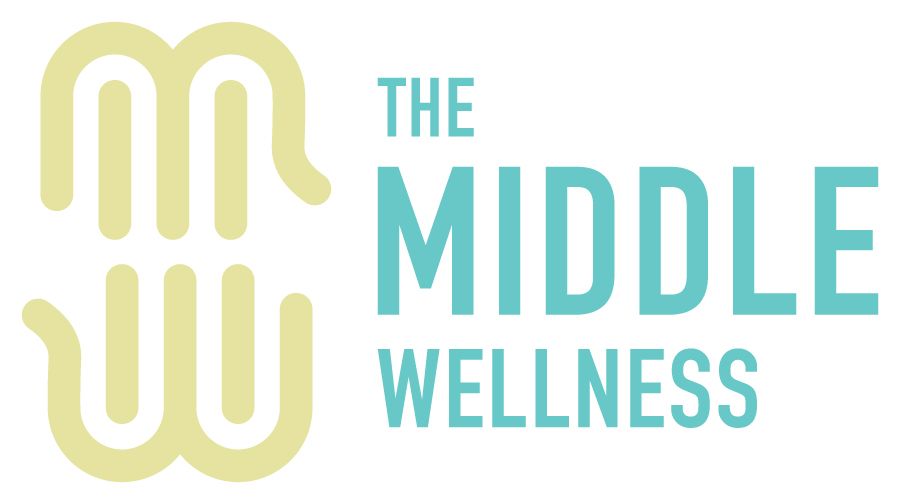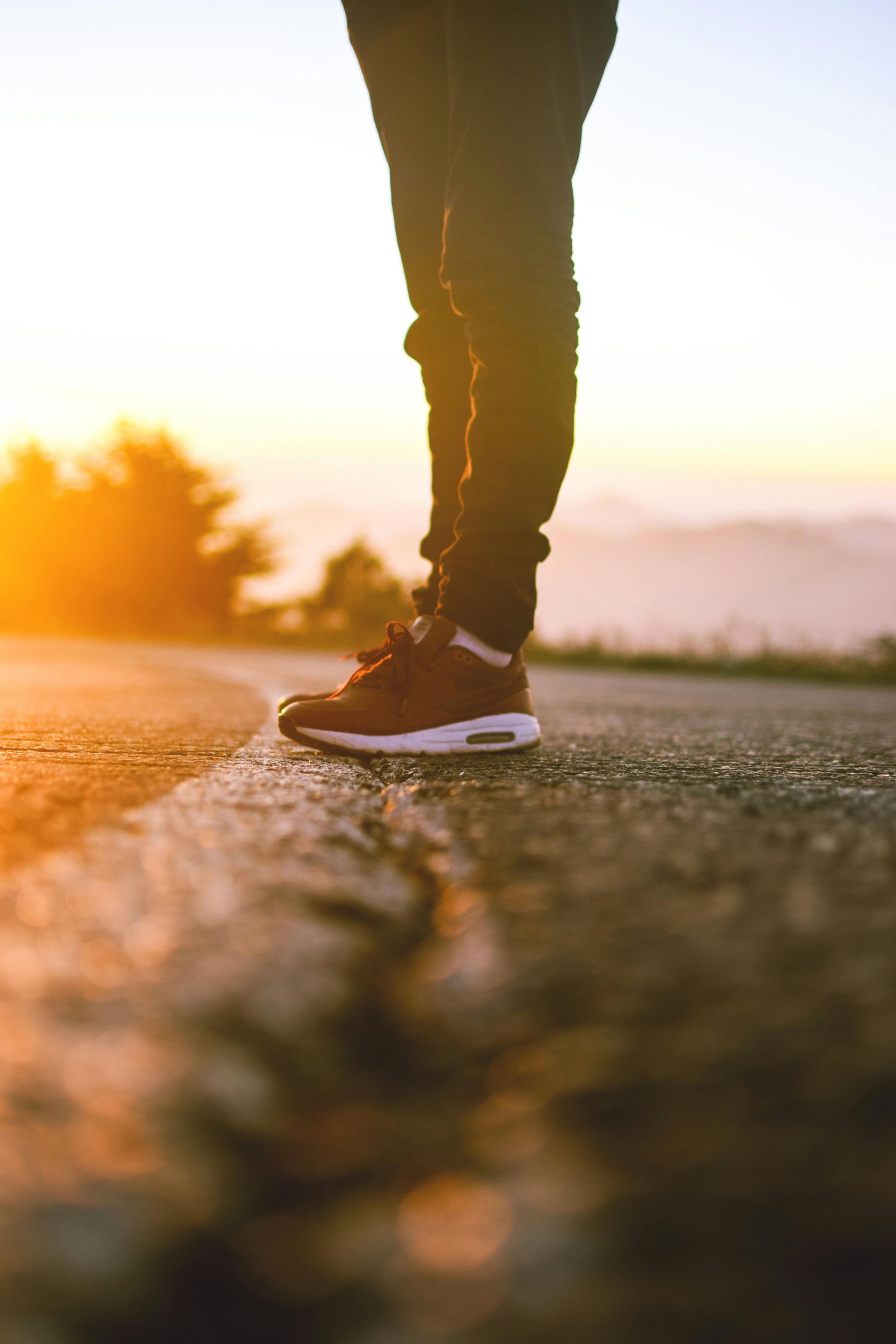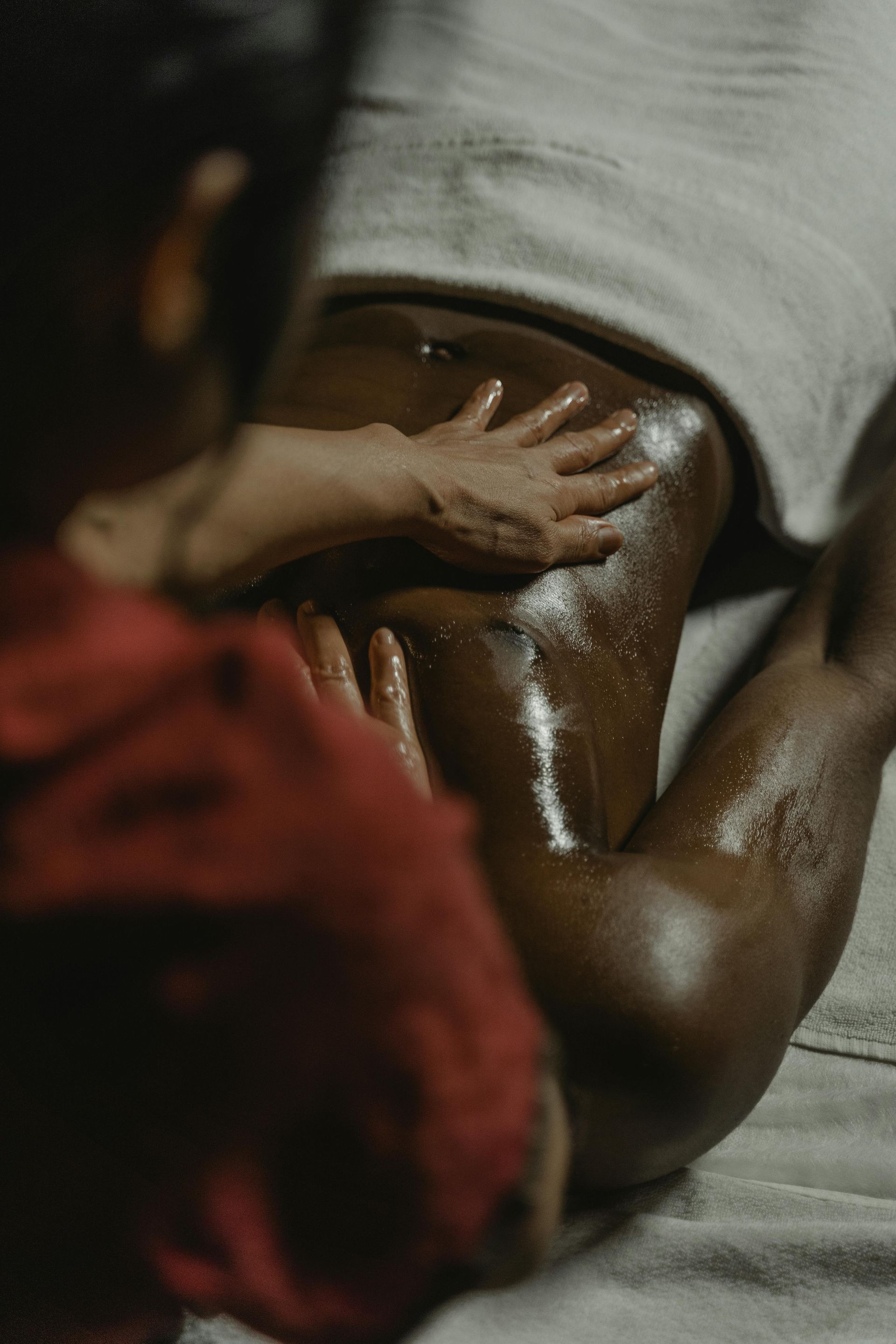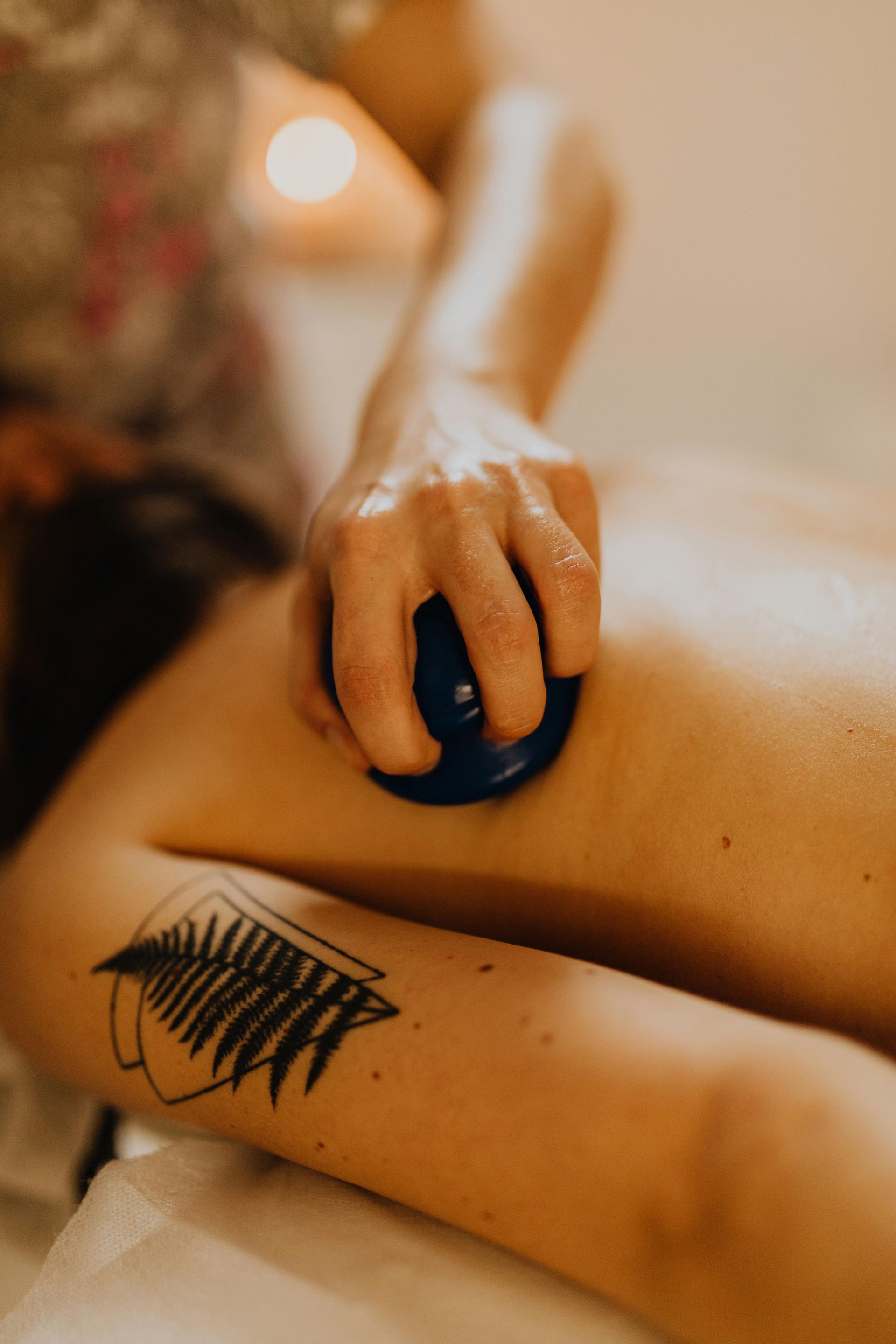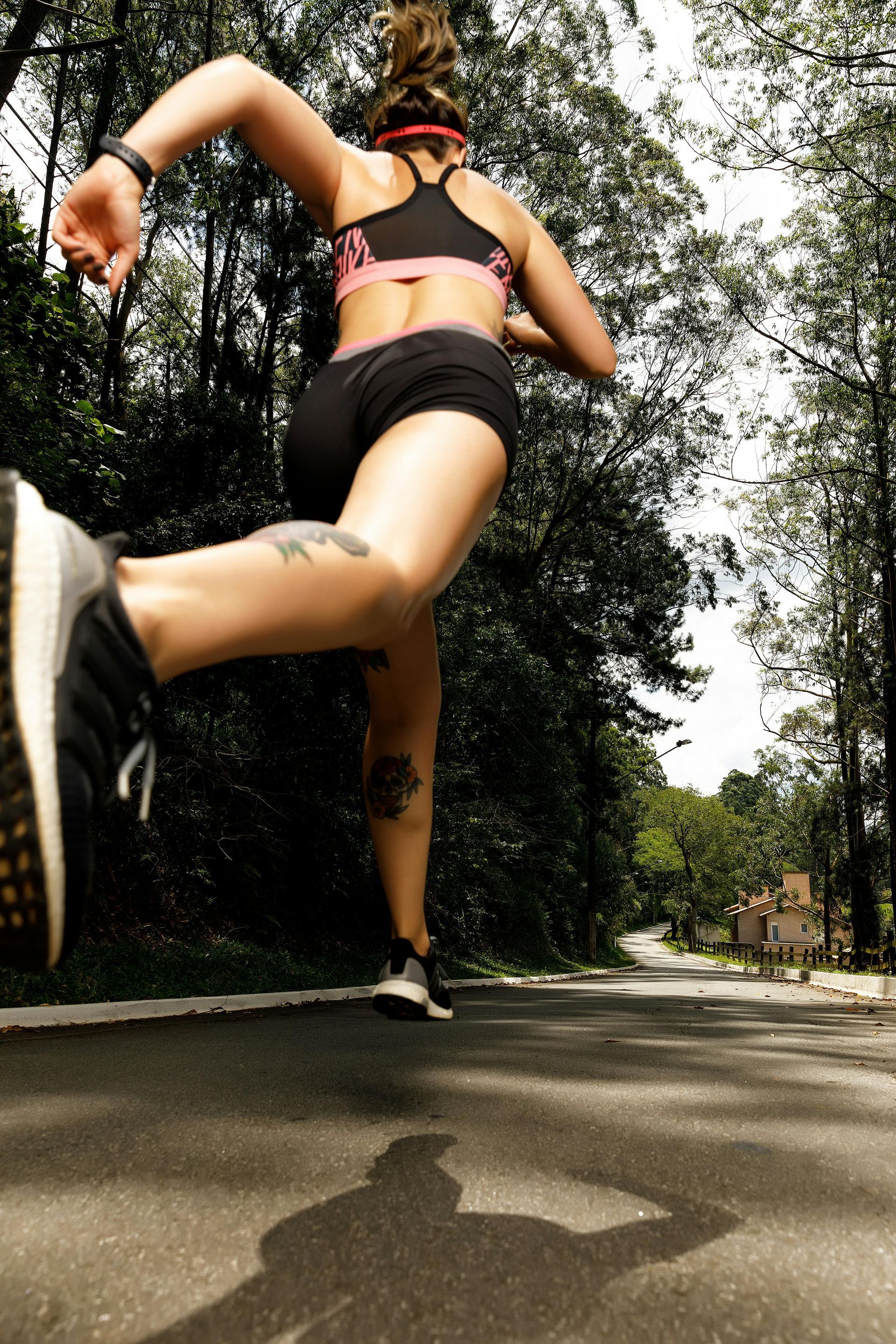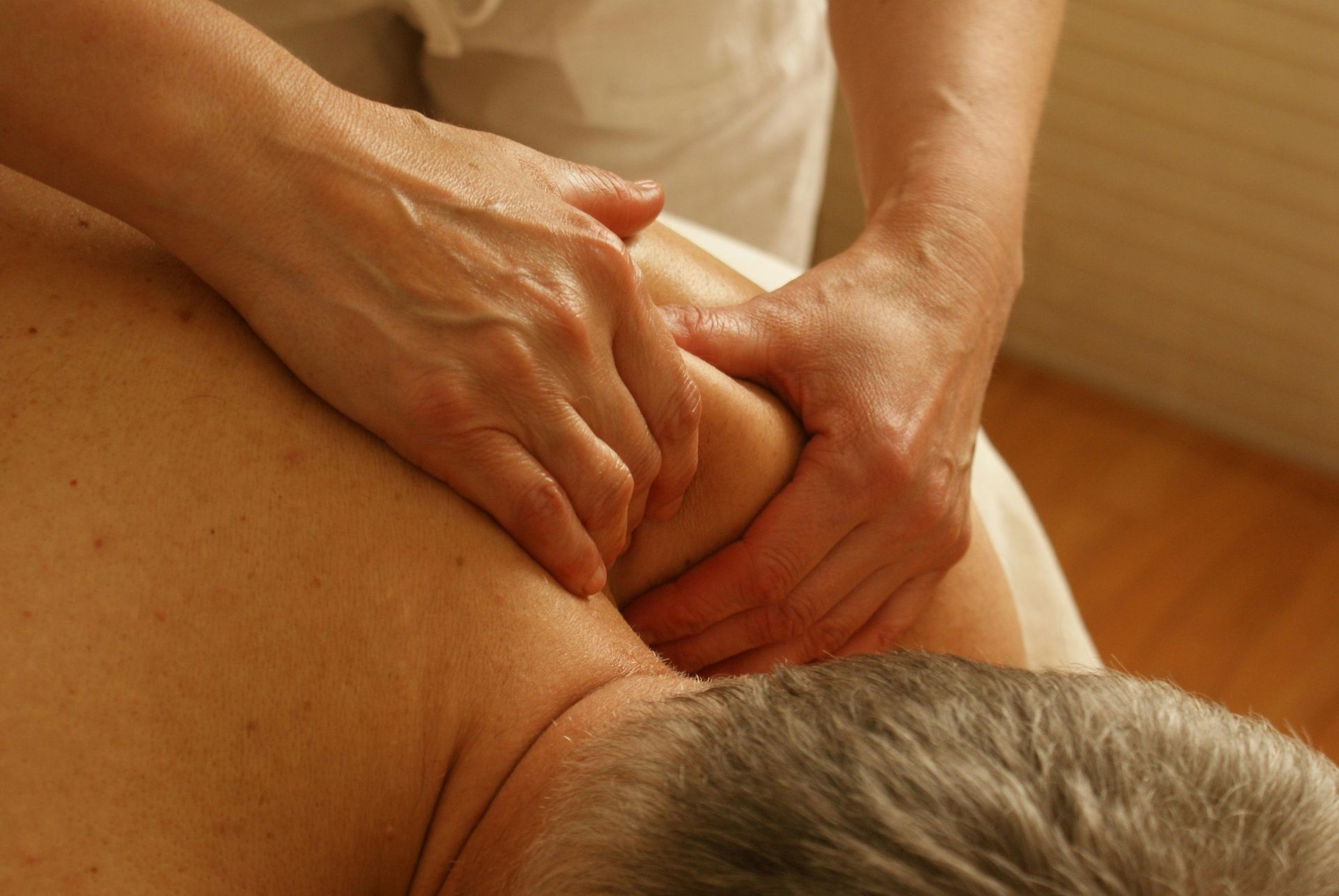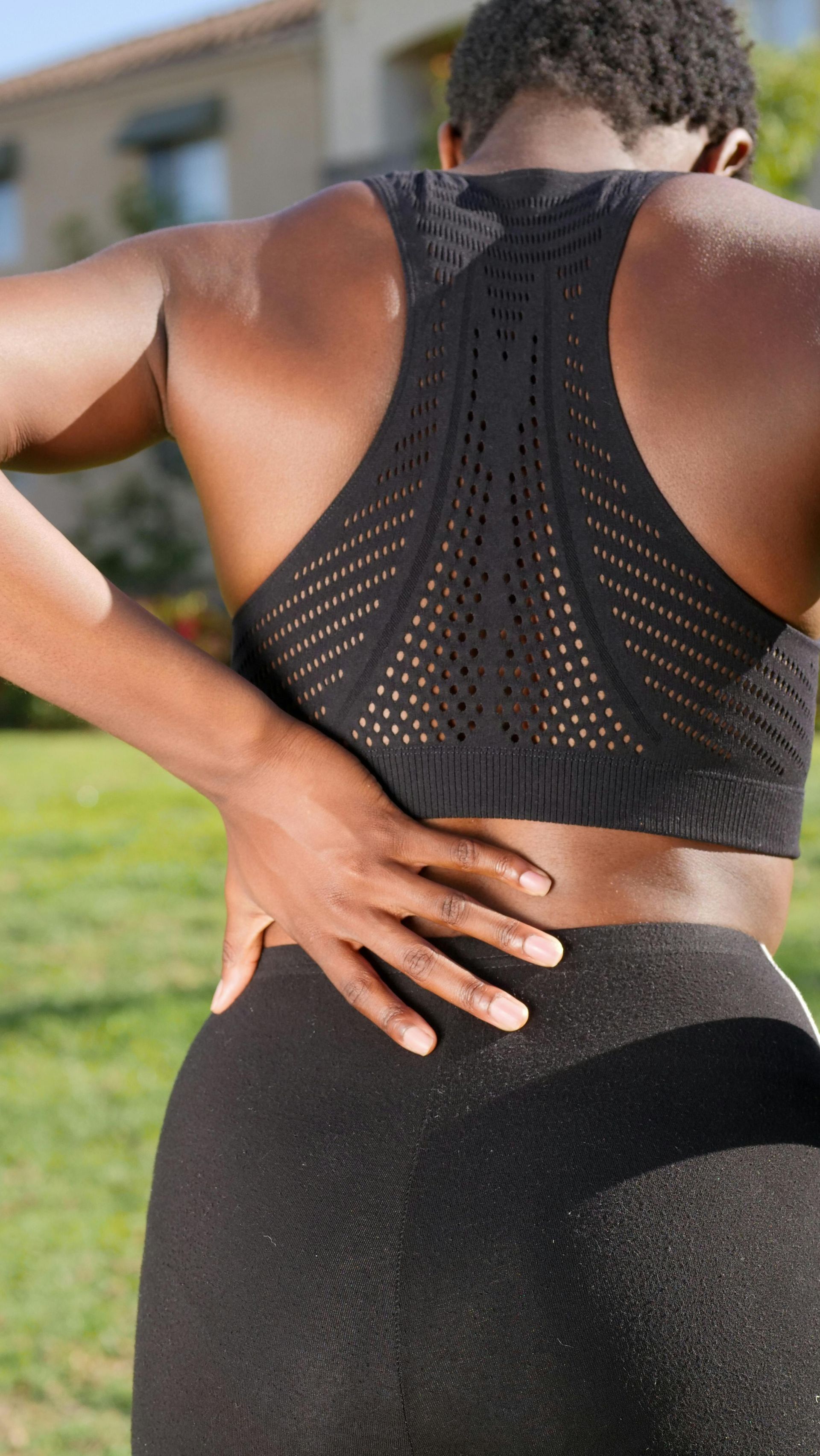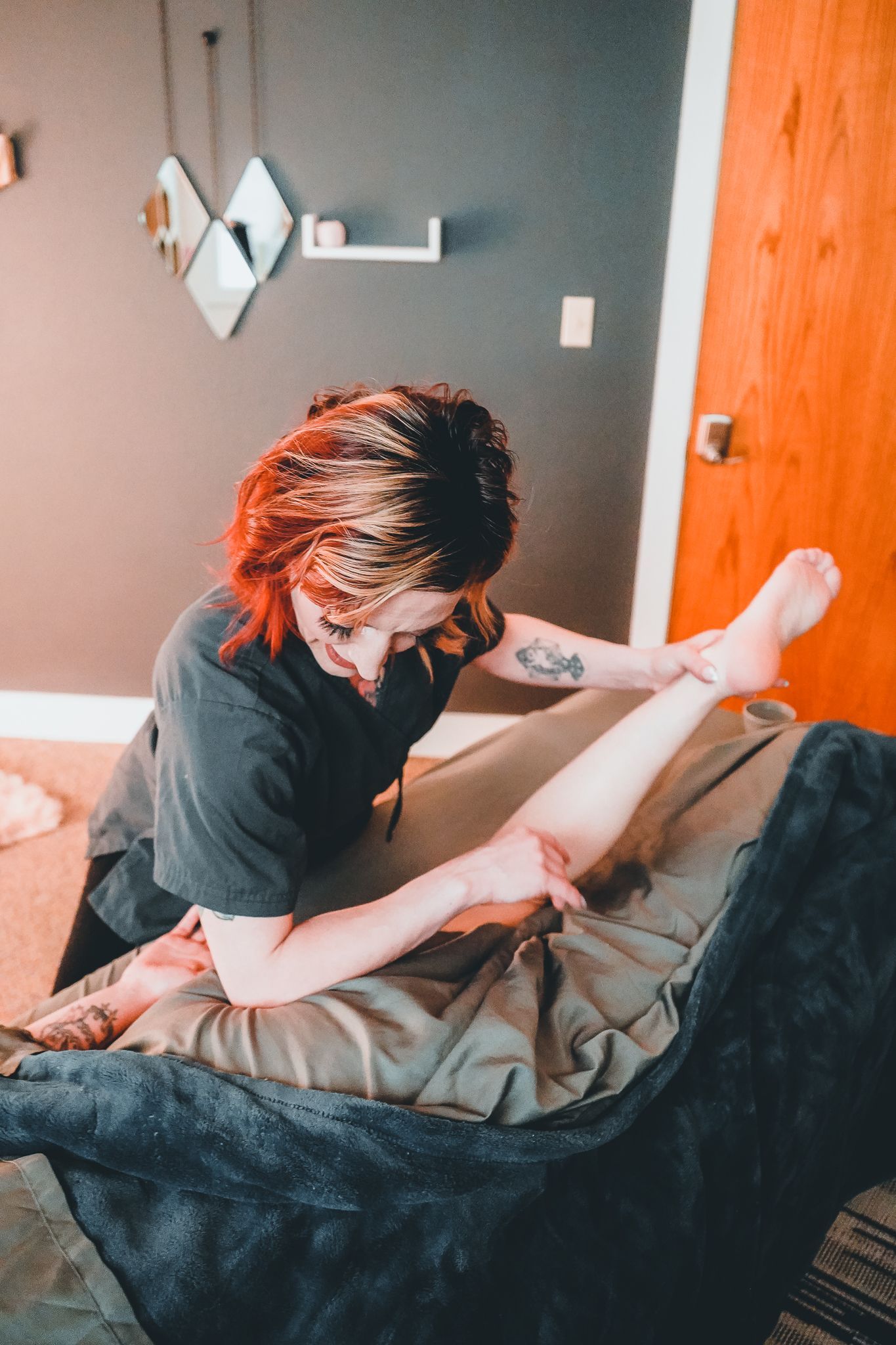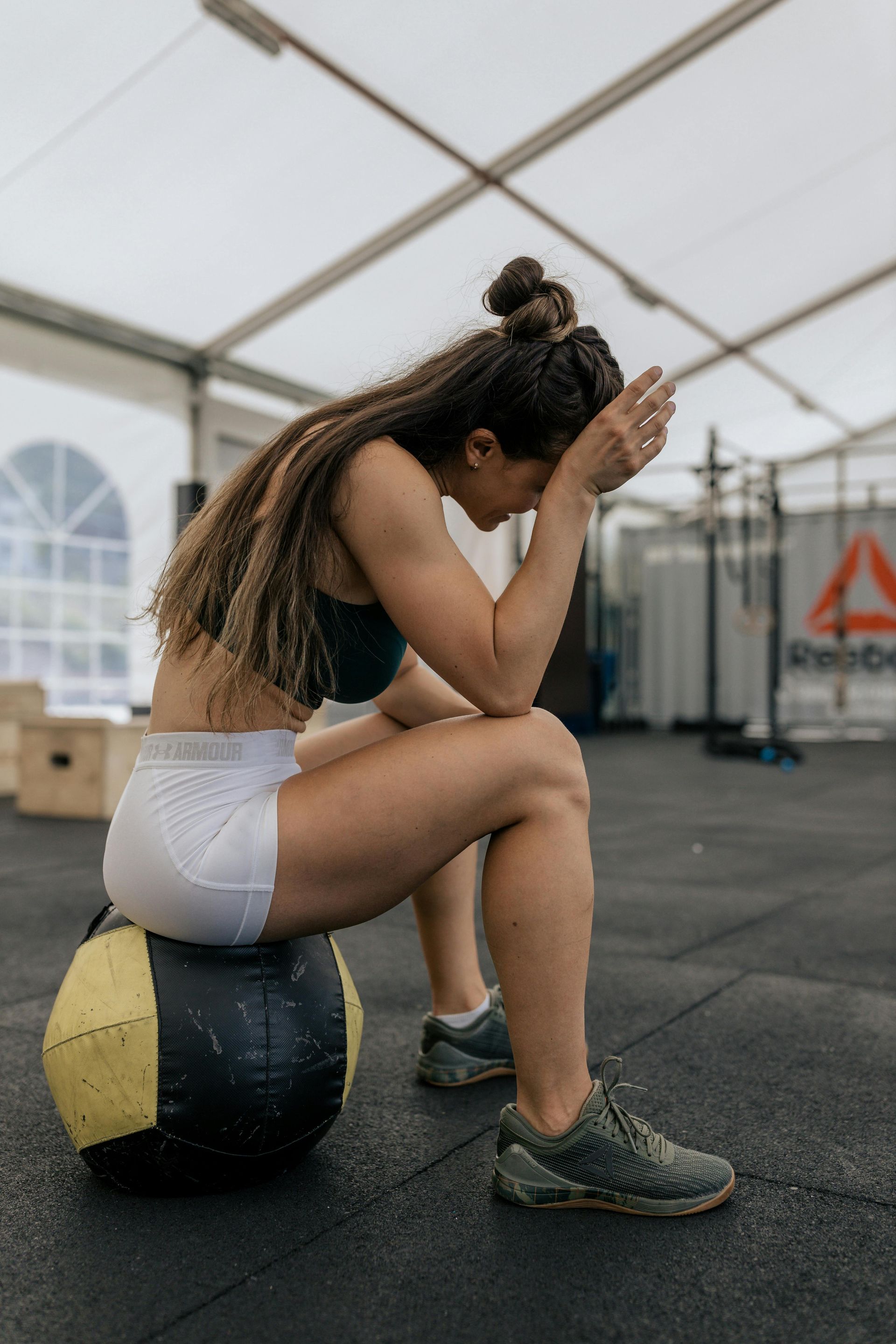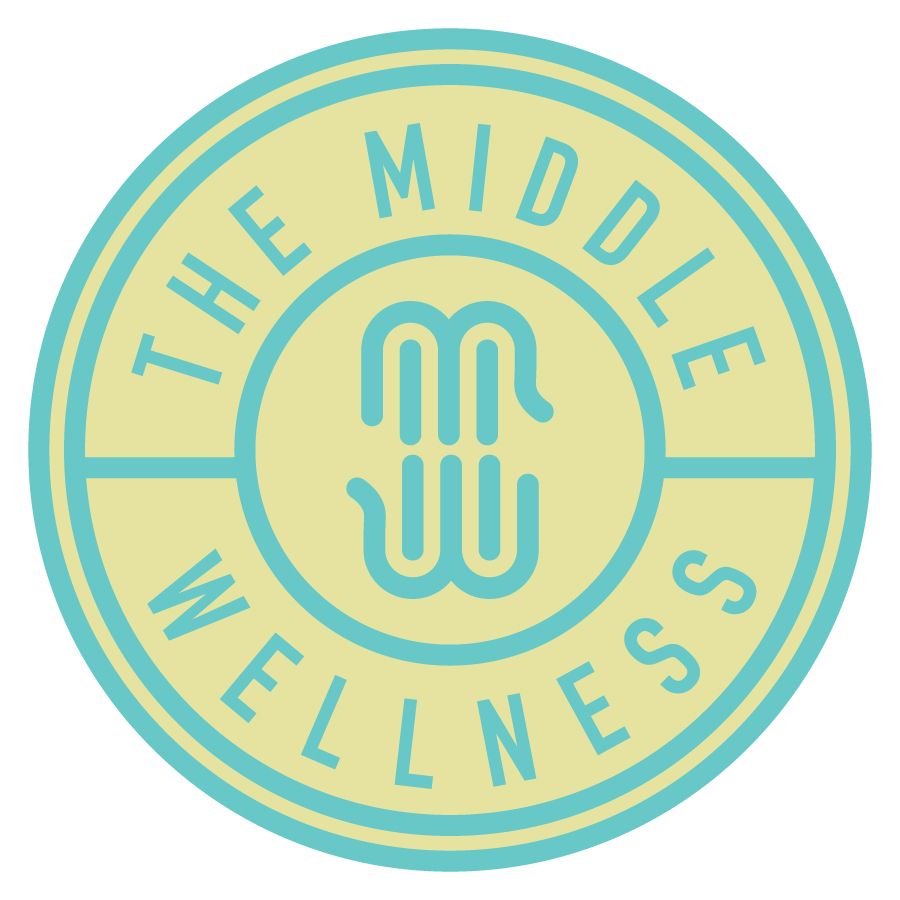Massage Therapy for Athletes
How Massage Therapy Enhances Performance and Recovery
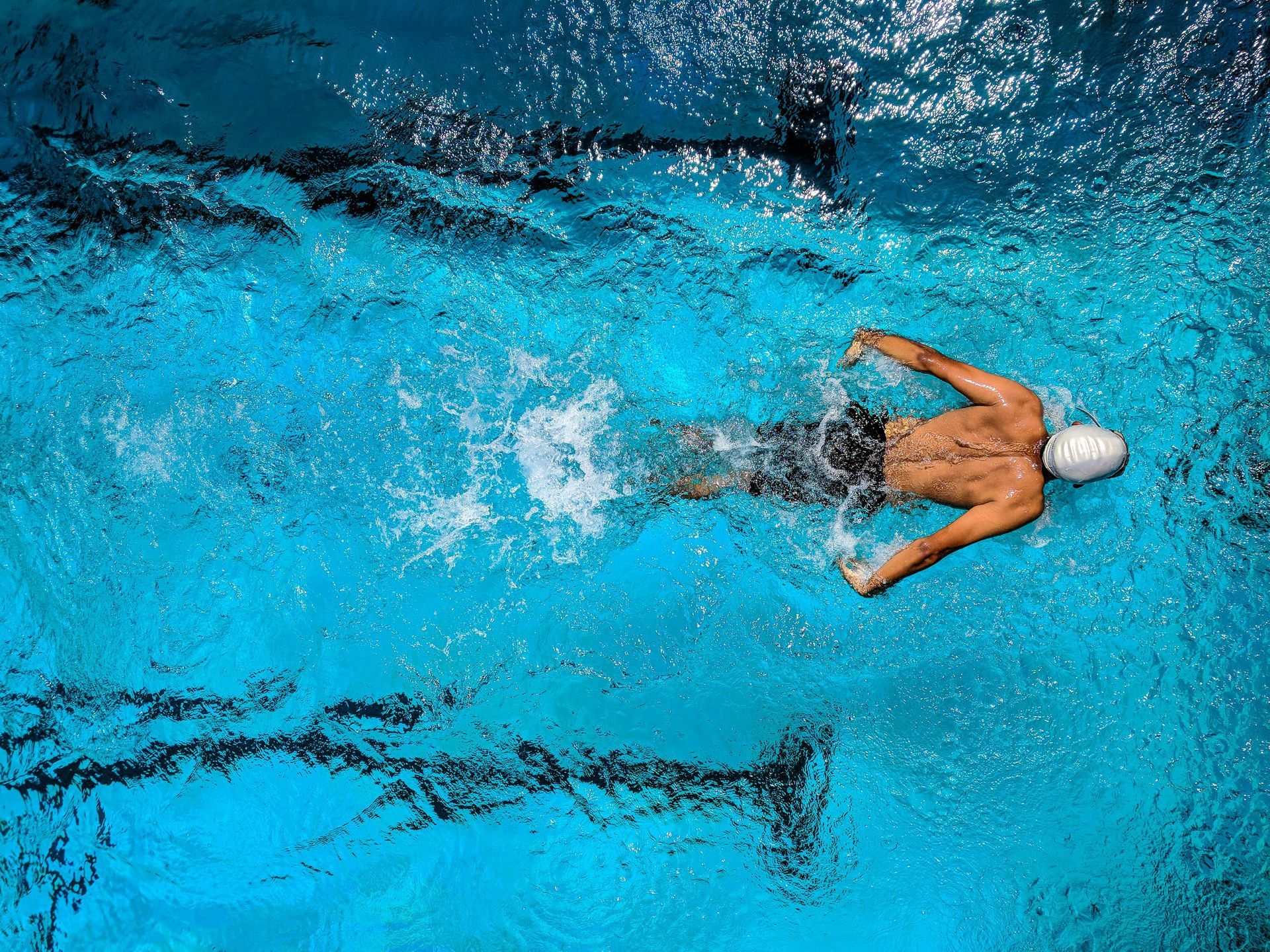
Athletes push their bodies to the limit, striving for peak performance and optimal health. Whether you’re a professional competitor or a weekend warrior, physical exertion takes a toll on your body. To maintain top performance and expedite recovery, many athletes are turning to massage therapy as a vital component of their training regimen. Let’s explore how massage therapy enhances athletic performance and aids in recovery.
Understanding the Role of Massage Therapy
Massage therapy involves manipulating the soft tissues of the body, including muscles, tendons, ligaments, and fascia. By utilizing a variety of techniques—such as Swedish, deep tissue, sports massage, and trigger point therapy—massage therapy aims to alleviate tension, improve circulation, and enhance overall well-being. For athletes, this can mean the difference between a subpar performance and achieving personal bests.
Benefits of Massage Therapy for Athletes
1. Improved Circulation: Massage therapy enhances blood flow, which is crucial for delivering oxygen and nutrients to muscles. Improved circulation helps remove metabolic waste products, such as lactic acid, that can contribute to fatigue and soreness.
2. Reduced Muscle Tension: Intense training often leads to muscle tightness and soreness. Regular massage helps to relieve tension in overworked muscles, promoting relaxation and restoring flexibility. This can lead to improved range of motion and better overall performance.
3. Faster Recovery: After strenuous workouts or competitions, the body needs time to recover. Massage therapy accelerates the recovery process by reducing inflammation and promoting tissue repair. It can also help alleviate delayed onset muscle soreness (DOMS), allowing athletes to return to their training sooner.
4. Injury Prevention: Regular massage can help identify and address muscle imbalances, tightness, and areas of discomfort before they lead to injuries. By maintaining optimal muscle function and flexibility, athletes can reduce the risk of strains, sprains, and other common injuries.
5. Enhanced Performance: With improved circulation, reduced muscle tension, and faster recovery, athletes can train harder and more effectively. Regular massage therapy can lead to better endurance, strength, and overall athletic performance.
6. Mental Relaxation and Focus: Physical performance is not just about the body; mental clarity and focus are equally important. Massage therapy promotes relaxation and reduces stress, allowing athletes to mentally prepare for competitions and training.
7. Holistic Health Benefits: Beyond performance enhancement, massage therapy contributes to overall well-being. It can improve sleep quality, boost mood, and promote a sense of calm—essential factors for any athlete’s success.
Types of Massage Therapy for Athletes
1. Sports Massage: Specifically designed for athletes, sports massage focuses on areas of the body that are overused and stressed from repetitive movements. It can be performed pre-event to warm up muscles, post-event to aid in recovery, or during training to maintain flexibility.
2. Deep Tissue Massage: This technique targets deeper layers of muscle and connective tissue, making it ideal for relieving chronic tension and pain. Deep tissue massage is beneficial for athletes who experience tightness in specific areas.
3. Trigger Point Therapy: This method focuses on specific points in the muscles that are hyperirritable and can cause pain in other areas of the body. Trigger point therapy aims to release these knots, alleviating discomfort and restoring function.
4. Swedish Massage: Although it’s often seen as a relaxation technique, Swedish massage can also be beneficial for athletes. It promotes relaxation and improves circulation, making it a great option for recovery.
Incorporating Massage Therapy into Your Routine
To reap the benefits of massage therapy, consider the following tips:
1. Schedule Regular Sessions: Aim for a massage at least once a month, but more frequent sessions may be beneficial during peak training or competition periods.
2. Communicate with Your Therapist: Share your training schedule, goals, and any areas of discomfort with your therapist. This information will help them tailor your massage to your specific needs.
3. Combine with Other Recovery Techniques: Pair massage therapy with other recovery practices, such as stretching, hydration, and proper nutrition, for optimal results.
4. Listen to Your Body: Pay attention to how your body responds to training and massage. If you notice persistent soreness or discomfort, don’t hesitate to seek additional sessions.
5. Make It Part of Your Training Plan: Treat massage therapy as an integral part of your training regimen, not just an afterthought. Consistent self-care will enhance your performance and longevity in your sport.
Conclusion
For athletes, the road to success is paved with hard work, dedication, and effective recovery strategies. Massage therapy is a powerful tool that enhances performance, aids in recovery, and helps prevent injuries. By incorporating regular massage into your training routine, you can optimize your physical and mental well-being, allowing you to perform at your best and enjoy your athletic pursuits. Whether you’re a seasoned pro or just starting, don’t underestimate the impact of massage therapy on your journey to greatness!
